Fort Bard, Military Powerhouse to Cultural Landmark
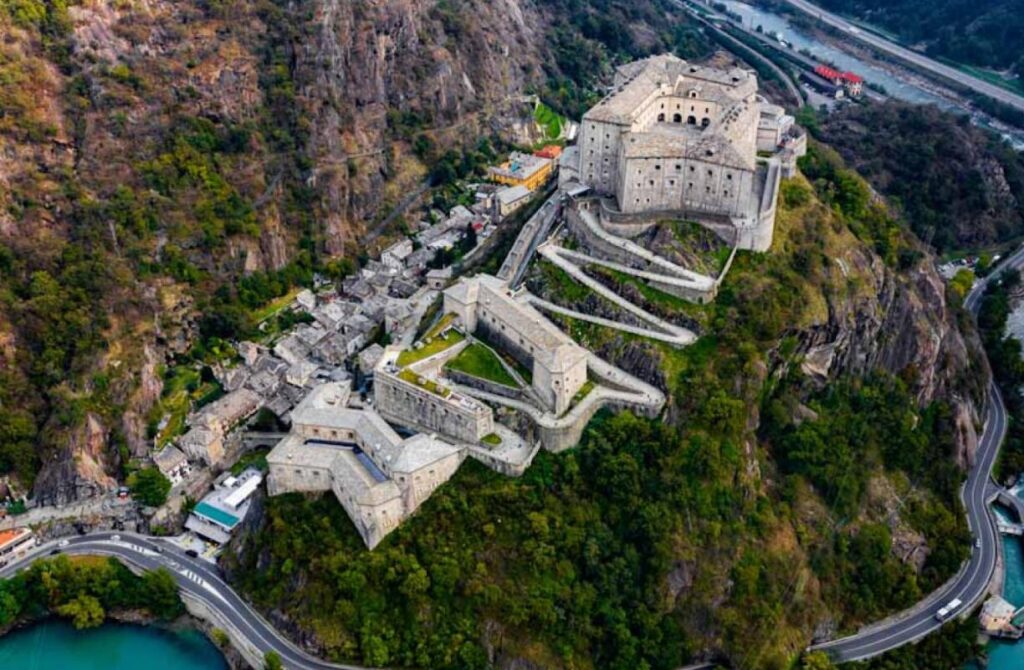
Fort Bard remains remarkably well-preserved since its construction in the early 19th century, standing as one of the finest examples of military fortifications from that era.
The fortress is comprised of three main defense stations situated at varying heights on a towering rock formation. These stations include the Ferdinando Opera at 400 meters above ground, the Vittorio Opera in the middle, and the Carlo Alberto Opera at 467 meters. Altogether, the fortress contains 283 rooms.
The Ferdinando Opera, designed in a pincer-like shape, is divided into two sections: the Inferior and Superior Ferdinando Opera. It also houses the Fortifications and Frontiers Museum, offering an immersive look into the evolution of defensive strategies, siege tactics, and the concept of borders.
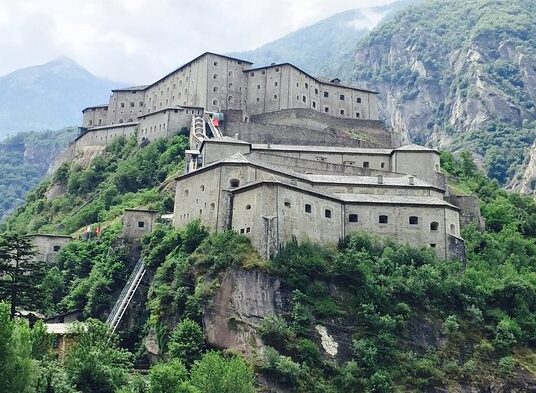
Behind the Ferdinando Opera are the Mortai Opera and Polveriera, which serve as spaces for educational workshops.
The Vittorio Opera once hosted The Children’s Alps, a section dedicated to climate change and glacier research, which will reopen in 2024 for laboratory activities.
At the very summit sits the most prominent defense structure, fortified by a surrounding wall. The Gola Opera protects the south side with its enclosed courtyard, while the north side is dominated by the Carlo Alberto Opera and its impressive Piazza d’Armi, a quadrangular courtyard encircled by a vast arcade. The first floor of the Carlo Alberto Opera is home to the Museum of the Alps.
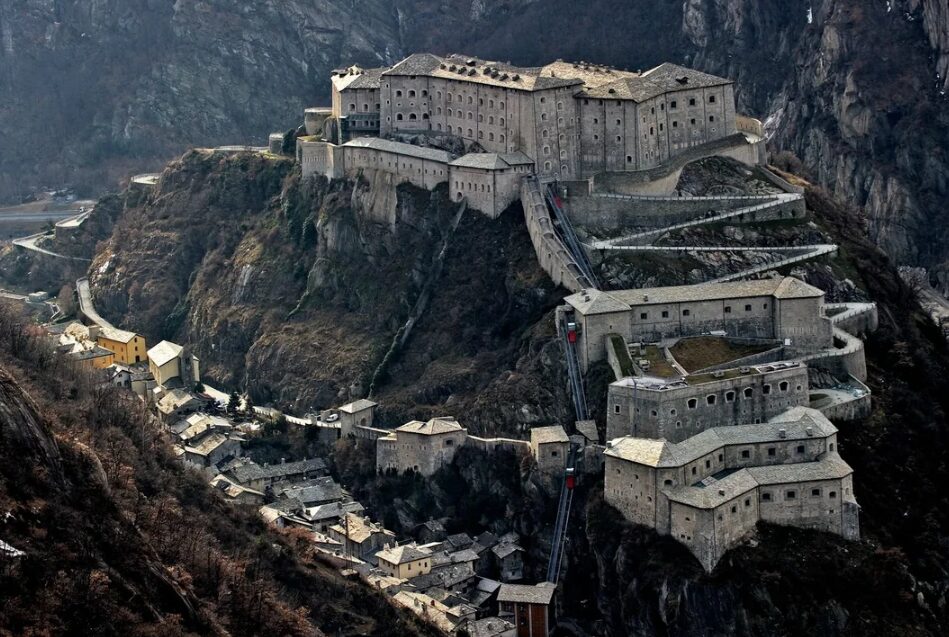
Visitors can access the fortress via an external footpath leading to the Gola Opera or an internal path that winds upward along the north slope to the Carlo Alberto Opera.
Modern glass elevators provide a direct route from the medieval village of Bard at the foot of the fortress to the top, offering stunning views along the way.
The Regeneration Project
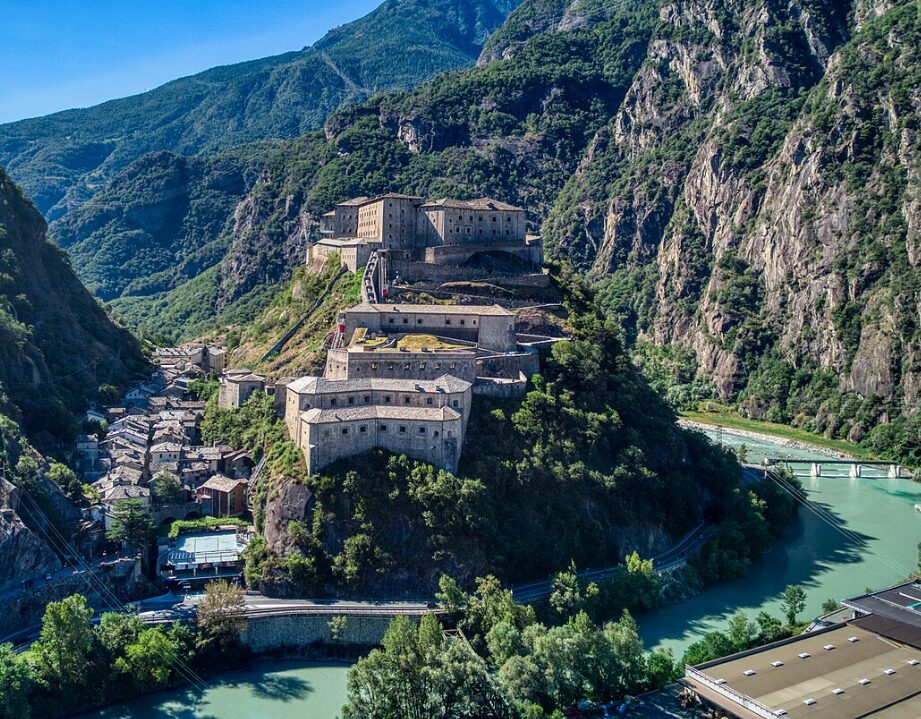
After being abandoned in 1975, Fort Bard was acquired by the Autonomous Region of Valle d’Aosta in 1990. A team of interdisciplinary experts developed a feasibility study for the restoration of the entire complex and the revitalization of the nearby medieval village.
Finbard, a joint-stock company, oversaw both the restoration and the necessary modifications to repurpose the site. Financial support from the European Regional Development Fund and the State Rotational Fund, aimed at reviving areas of industrial decline, helped bring the project to life.
Thanks to this extensive restoration, Fort Bard and the village have become a leading cultural center in the Western Alps, featuring innovative exhibition spaces, educational services, and high-quality hospitality.
Fort Bard in Numbers
The museums blend traditional roles of exhibiting historical, scientific, artistic, and cultural objects with interactive, educational experiences. The fortress has been transformed into a “cultural theme park” that offers visitors a deeply engaging and enriching experience.
- Total area: 14,467 square meters
- Exhibition space: 3,600 square meters
- Internal courtyards: 2,036 square meters
- Roofing: 9,000 square meters
- Rooms: 283
- Doors: 385
- Embrasures: 296
- Stairs: 806
- Workforce: Over 500 skilled professionals involved in the restoration
- Electric cable: 112,705 meters installed
- Earth removed: 153,737 cubic meters
Famous Figures

Many travelers have passed through Bard over the centuries, some of whom left a lasting mark in history. The most notable among them is Napoleon, whose role in Fort Bard’s fate is well-documented. Accompanying Napoleon during the 1800 siege was a 17-year-old Henry Beyle, later known as Stendhal. In his memoirs, Stendhal vividly recounts the chaotic bombardment and his first experience of warfare.
In 1831, another prominent figure, Camillo Benso Conte di Cavour, arrived in Bard during a time of political upheaval in Italy. Initially tasked with supervising the fortress’s reconstruction, Cavour viewed his time there as a personal exile. His period of reflection at Bard led him to leave the military and pursue a political career.
An inscription near Donnas commemorates Cavour’s time in the region:
“Italiano, stop! Camillo Benso di Cavour, 1831-1832. Lieutenant of the Engineering Corps, spent calm and peaceful hours here, dreaming of a united and free Italy.”
Historical Overview
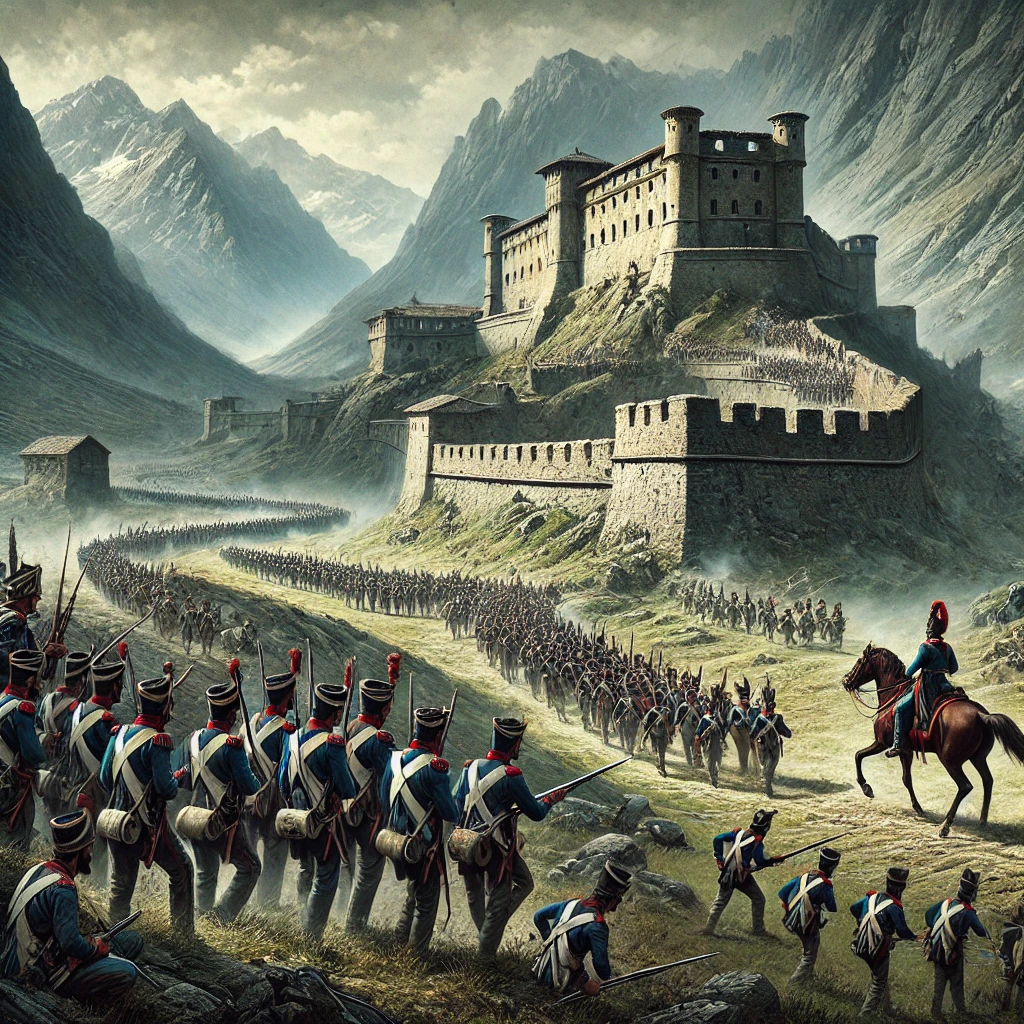
Bard’s history dates back to the Bronze Age, with early signs of settlement in the area. Prehistoric carvings and inscriptions, such as the Scivolo delle Donne, hint at ancient fertility rituals performed on the polished rock surface.
During the Roman era, the Gallic Consular Road cut through the gorge, serving as a key route between Eporedia (Ivrea) and the passes of the Little and Great Saint Bernard. The ruins of Roman engineering, including bridges and aqueducts, still stand as testaments to their ingenuity.
Given its strategic location, the rock spur at Bard was fortified from pre-Roman times. The first written reference to a defense settlement dates back to 1034, under the control of Viscount Aosta Boso. Bard was later captured by Amedeo IV of Savoy in 1242, and by the late 16th century, the fortress had developed into a well-armed complex.
In the 17th and 18th centuries, the fortress was further expanded and became the main defense base of the Savoy armed forces.
Napoleon’s Siege and Aftermath
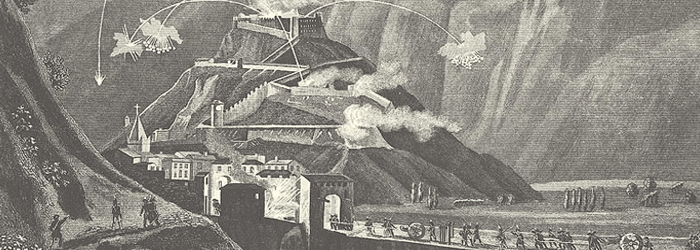
One of the fortress’s most famous episodes occurred in 1800, when Napoleon’s 40,000-strong army crossed the Alps and encountered resistance from the Austrian garrison stationed at Bard. Despite capturing the village, Napoleon’s forces struggled to overcome the fortress itself.
It wasn’t until June 1st, after a day of bombardment, that Captain Stockard von Bernkopf finally surrendered. Infuriated by the resistance, Napoleon ordered the fortress to be razed.
Olivero’s Reconstruction
In 1827, King Carlo Felice of Sardinia commissioned military engineer Francesco Antonio Olivero to rebuild the fortress to modern defensive standards. The reconstruction, completed between 1830 and 1838, involved creating three separate defensive structures capable of mutual support during an attack.
The newly built fortress could accommodate 416 men and was armed with approximately 50 cannons. Though Fort Bard eventually fell into decline, it was used as a penal colony and ammunition storage site by the late 19th century.